-
Doctors
-
Specialities & Treatments
Centre of Excellence
Specialties
Treatments and Procedures
Hospitals & Directions HyderabadCARE Hospitals, Banjara Hills CARE Outpatient Centre, Banjara Hills CARE Hospitals, HITEC City CARE Hospitals, Nampally Gurunanak CARE Hospitals, Musheerabad CARE Hospitals Outpatient Centre, HITEC City CARE Hospitals, Malakpet
HyderabadCARE Hospitals, Banjara Hills CARE Outpatient Centre, Banjara Hills CARE Hospitals, HITEC City CARE Hospitals, Nampally Gurunanak CARE Hospitals, Musheerabad CARE Hospitals Outpatient Centre, HITEC City CARE Hospitals, Malakpet Raipur
Raipur
 Bhubaneswar
Bhubaneswar Visakhapatnam
Visakhapatnam
 Nagpur
Nagpur
 Indore
Indore
 Chh. Sambhajinagar
Chh. SambhajinagarClinics & Medical Centers
Book an AppointmentContact Us
Online Lab Reports
Book an Appointment
Consult Super-Specialist Doctors at CARE Hospitals
Neuroinflammation and spinal cord injury: unravelling the complex interplay
Updated on 6 October 2023
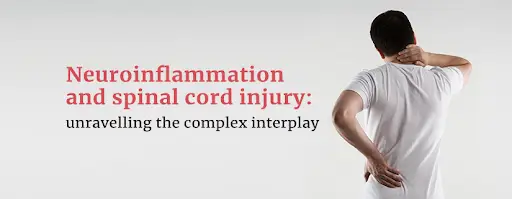
A spinal cord injury (SCI) is a devastating event that leads to profound the immune cells from physical and neurological deficits. Beyond the immediate mechanical damage, a cascade of secondary processes unfolds, involving complex interactions between various cellular and molecular players. Among these secondary processes, neuroinflammation emerges as a pivotal contributor to the overall pathophysiological of SCI. This intricate interplay between neuroinflammation and SCI is the subject of intense research and has significant implications for the development of potential therapeutic interventions.
Mechanisms of Neuroinflammation in Sci
When the spinal cord undergoes a traumatic injury, a series of events are triggered, leading to neuroinflammation. One of the primary actors in this process is microglia, the resident immune cells of the central nervous system. Upon injury, microglia become activated and undergo morphological changes. They release a range of pro-inflammatory cytokines, including interleukin-1 (IL-1), interleukin- 6 (IL-6), and tumour necrosis factor-alpha (TNF-alpha), which orchestrate the inflammatory response. This initial immune activation sets the stage for a cascade of cellular events that impact the injury site and the surrounding tissue. Another significant contributor to neu- inflammation is the disruption of the blood-brain barrier (BBB), a protective interface that normally restricts the passage of immune cells and molecules from the bloodstream into the central nervous system. SCI compromises the integrity of BBB, allowing peripheral blood to infiltrate the injured site. These immune cells, particularly macrophages, further exacerbate the inflammatory response and contribute to tissue damage. Astrocytes, the star-shaped glial cells, also play a role in the neuroinflammatory response. In reaction to SCI, astrocytes undergo a process called astrogliosis, where they become hypertrophic and reactive. This reactive state is characterized by the secretion of various molecules, including cytokines and chemokines, which can either promote or modulate inflammation. Depending on the context, astrocytes can exhibit both neuroprotective and neurotoxic properties.
Pro-inflammatory mediators and Secondary Injury Processes
The release of pro-inflammatory cytokines and chemokines by activated immune cells and astrocytes amplifies the inflammatory milieu. This, in turn, sets the stage for a series of secondary injury processes that further compromise tissue integrity. Excitotoxicity is one such process. Glutamate, the primary excitatory neurotransmitter in the central nervous system, accumulates at the site of injury. Excessive levels of glutamate can lead to overstimulation of neurons, resulting in a phenomenon called excitotoxicity. This overstimulation triggers a cascade of events, including increased intracellular calcium levels, mitochondrial dysfunction, and ultimately neuronal cell death. Apoptosis, or programmed cell death, is another consequence of neuroinflammation following SCI. The inflammatory environment can promote the activation of apoptotic pathways in both neurons and glial cells. This form of cell death contributes to the loss of neural tissue and the disruption of functional neural circuits. Demyelination is yet another outcome of the inflammatory response. Myelin, the insulating sheath that surrounds nerve fibres, is susceptible to damage in an inflammatory environment. Demyelination disrupts signal transmission, leading to impaired communication between neurons and further exacerbating functional deficits.
Resolution of Neuroinflammation and Therapeutic Strategies
Interestingly, the neuroinflammatory response does not persist indefinitely. There are mechanisms in place that aim to dampen inflammation and promote tissue repair. Some immune cells transition from a pro-inflammatory to an anti-inflammatory phenotype, aiding in the resolution of inflammation and the initiation of tissue repair processes. Additionally, specialized pro-resolving lipid mediators play a crucial role in actively quelling inflammation and promoting the clearance of cellular debris. Therapeutic strategies targeting neuroinflammation in SCI are under investigation. Anti-inflammatory drugs, such as corticosteroids and non-steroidal anti-inflammatory- tory drugs (NSAIDs), have been explored to modulate the inflammatory response and mitigate secondary damage. However, their use is often associated with potential adverse effects and limited efficacy in improving functional outcomes. Neuroprotective agents, including antioxidants and compounds that counteract oxidative stress, are being studied as potential interventions to limit inflammation-induced tissue damage. Stem cell therapy is an exciting avenue for treating SCI. Stem cells have the potential to differentiate into various cell types, including neurons and glial cells. They also exert immunomodulatory effects that can help regulate the inflammatory response and promote tissue repair. Immunomodulation, through interventions that modulate the response without completely supposing it, is gaining attention. This approach strikes a balance between cont inflammation and preserving the system's essential functions.
The Path Ahead
In the intricate dance between inflammation and spinal cord injuries stakes are high. Neuroinflamm while initially triggered as a pro response, can become a double-sword, contributing to secondary d and impeding functional recovery complex interplay between immune cytokines, glial cells, and mol mediators presents a challenging escape to navigate. Understanding the mechanisms lying neuroinflammation in SCI is the development of effective therapeutic strategies. By modulating the inflammatory response, and promoting tissue rep harnessing the regenerative potential of the spinal cord, researchers strive to improve the outcomes of rituals affected by SCI. As our understanding deepens, the prospect of rituals and the complex interplay between inflammation and the spinal cord becomes not only a scientific end but also a beacon of hope for those trying to regain lost functions and their lives.
Source: the pioneer (The author, Dr. Shyam K. Jais a consultant in neurology at Hospitals, Banjara Hills, Hyder)

ENQUIRY FORM
SELECT CATEGORIES
-
Neurosciences (16)
-
Neurology (37)
-
Neurosurgery (14)
-
Orthopaedics (48)
-
Oncology (33)
-
Obstetrics and gynecology (51)
-
Pulmonology (23)
-
Urology (20)
-
Nephrology (13)
-
Psychiatry (7)
-
Dietetics and Nutrition (111)
-
General Medicine (63)
-
Cardiac Sciences (30)
-
Vascular & Endovascular Surgery and Interventional Radiology (10)
-
Gastroenterology (46)
-
Endocrinology (23)
-
Plastic Surgery (10)
-
Critical Care Medicine (5)
-
COVID-19 (16)
-
Dermatology (16)
-
Emergency Care (1)
-
Ophthalmology (4)
-
Pediatrics (14)
-
Laparoscopic and Bariatric Surgery (8)
-
ENT (15)
-
Kidney Transplant (1)
-
Liver Transplantation and Hepatobiliary Surgery (5)
-
General Surgery (3)
-
Internal Medicine (5)
-
Medicine Information
Understanding ADHD
Left Side Headache: Types, Causes, Treatment and How to Prevent
YOU MAY ALSO LIKE
RECENT BLOGS
-
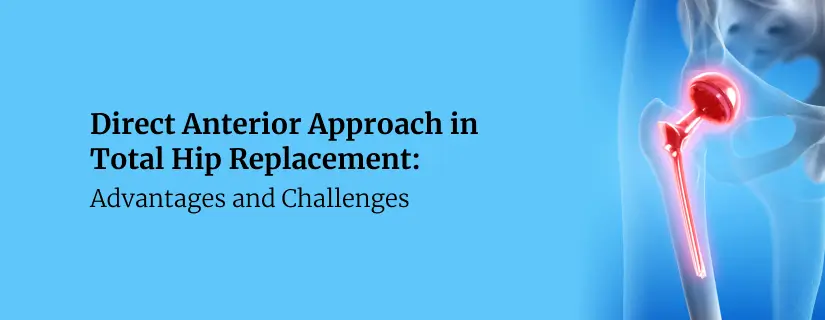
Direct Anterior Approach in Total Hip Replacement: Advantages and Challenges
10 April 2025
Read More
-
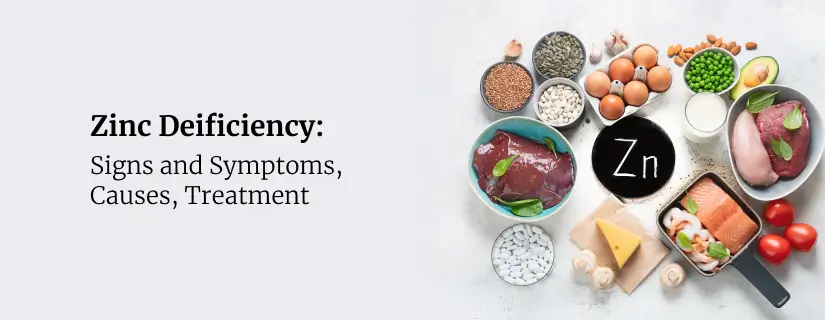
Zinc Deficiency: Signs and Symptoms, Causes, Treatment
9 April 2025
Read More
-
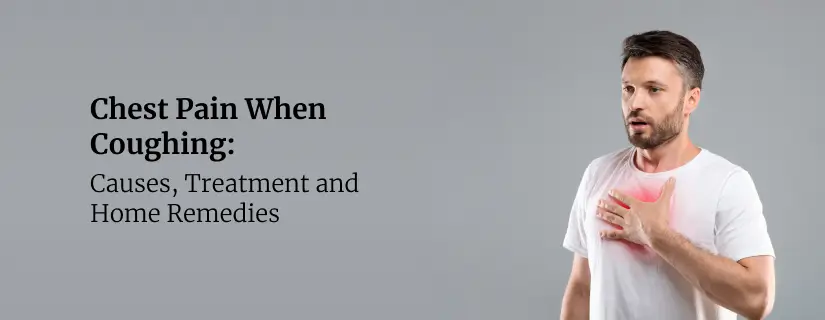
Chest Pain When Coughing: Causes, Treatment and Home Remedies
9 April 2025
Read More
-
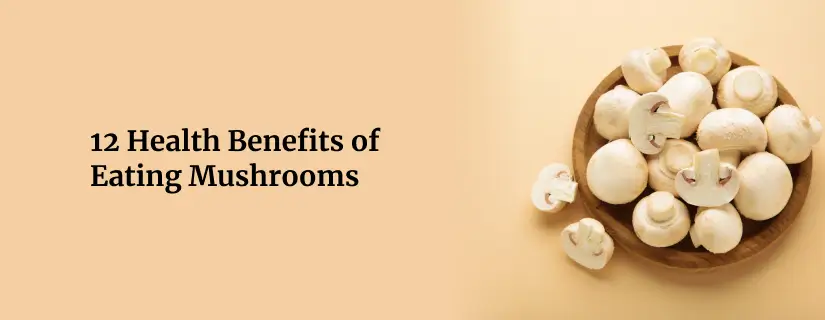
12 Health Benefits of Eating Mushrooms
8 April 2025
Read More
-
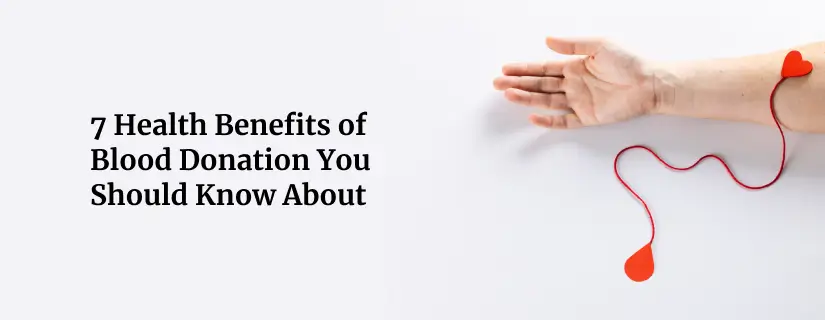
7 Health Benefits of Blood Donation You Should Know About
8 April 2025
Read More
-

Implantation Bleeding Vs Periods: Know the Difference
28 February 2025
Read More
-

Bloating During Ovulation: Symptoms, Causes and Remedies
28 February 2025
Read More
-
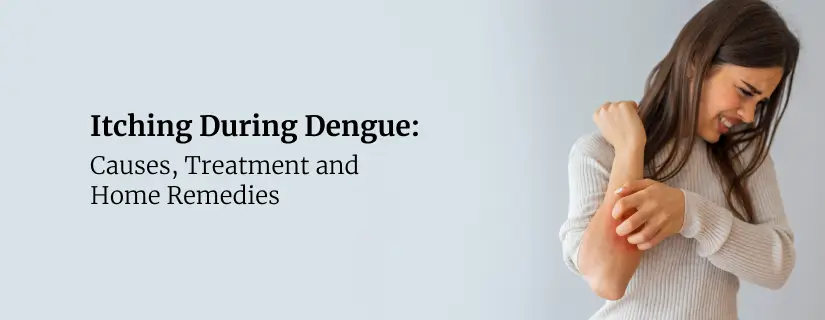
Itching During Dengue: Causes, Treatment and Home Remedies
18 February 2025
Read More
Have a Question?
If you cannot find answers to your queries, please fill out the enquiry form or call the number below. We will contact you shortly.



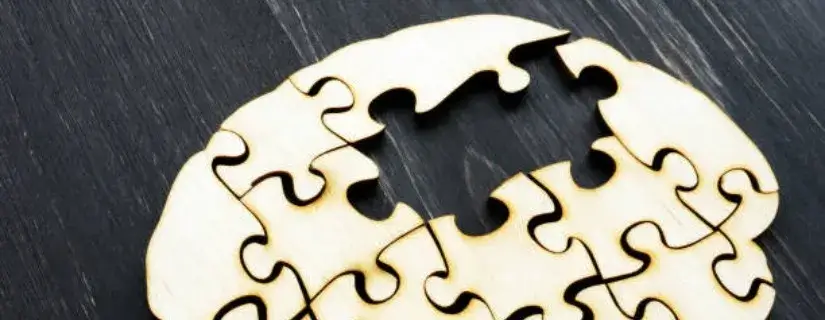
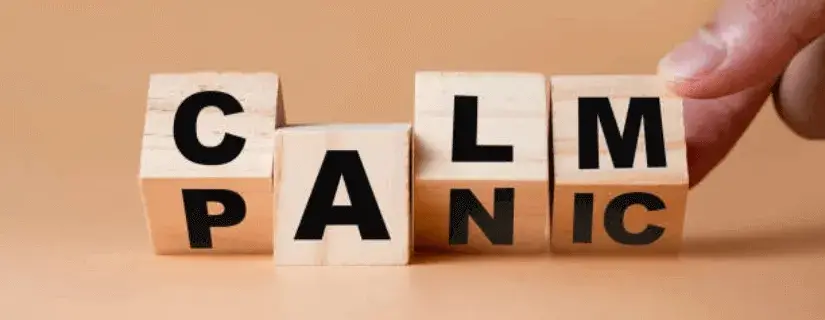
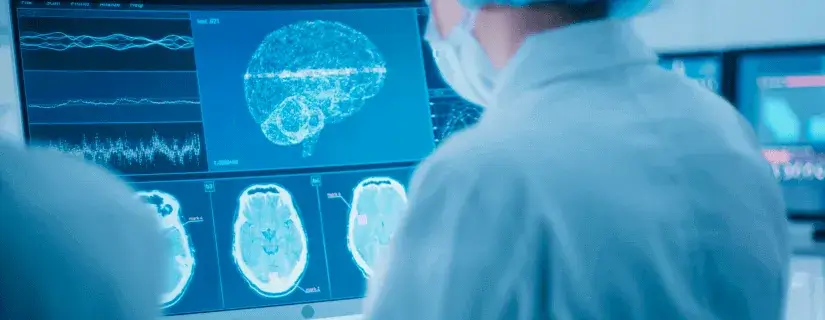
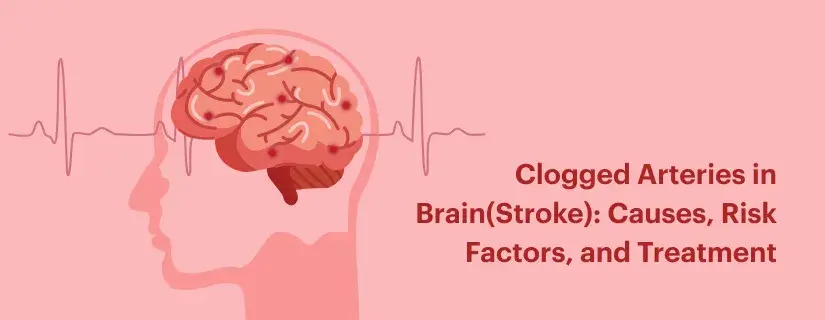

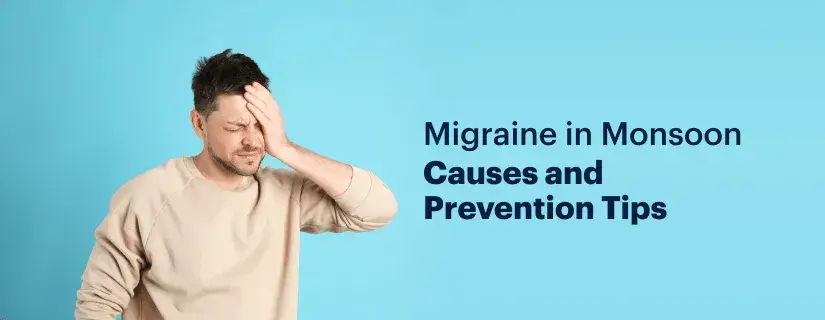
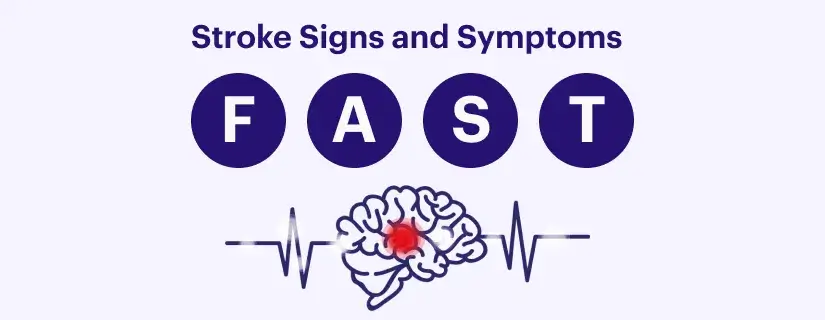
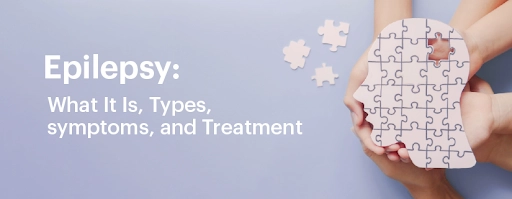
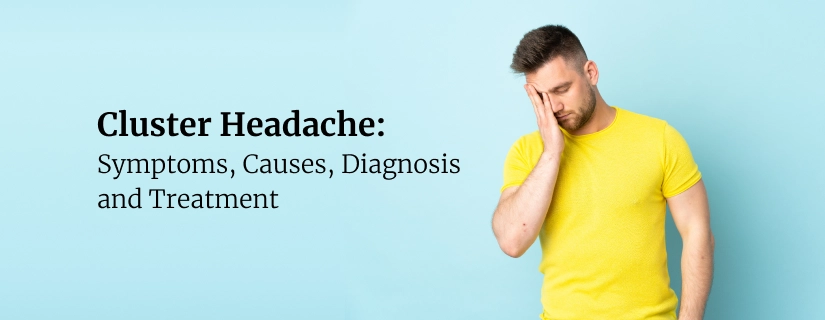

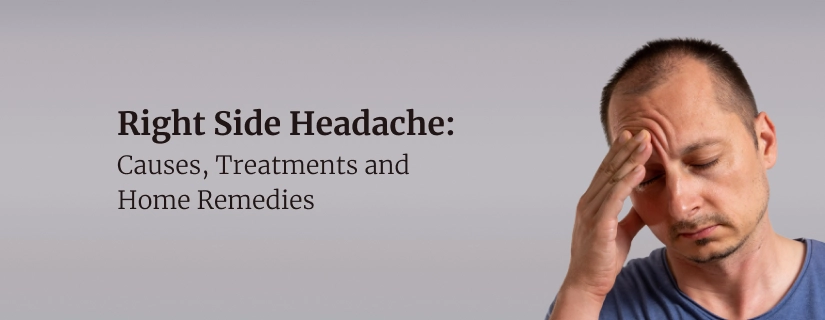
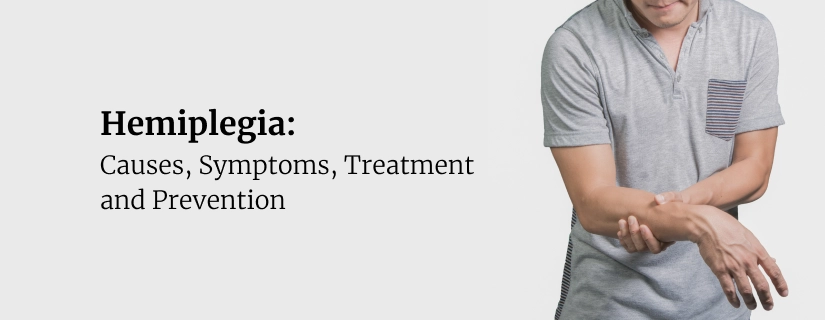
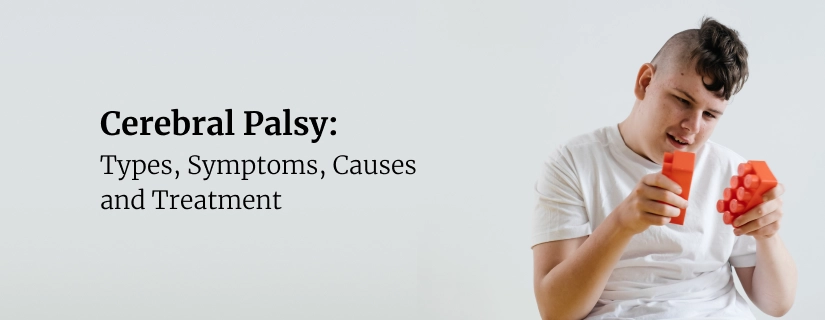
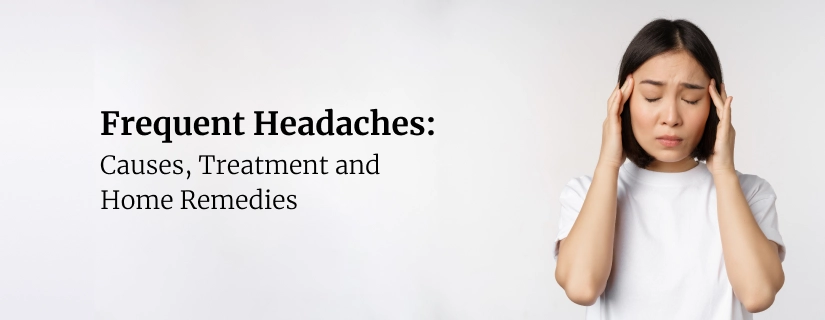
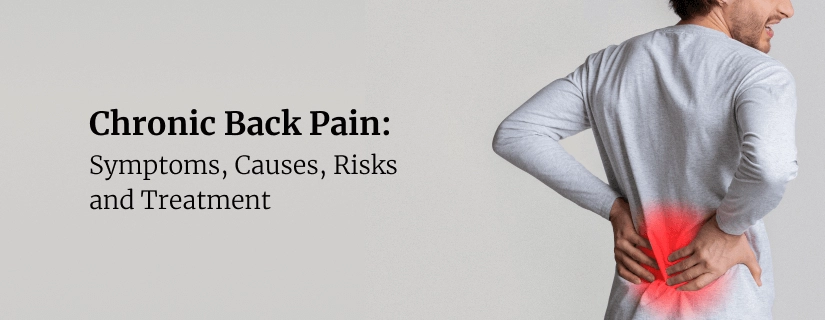
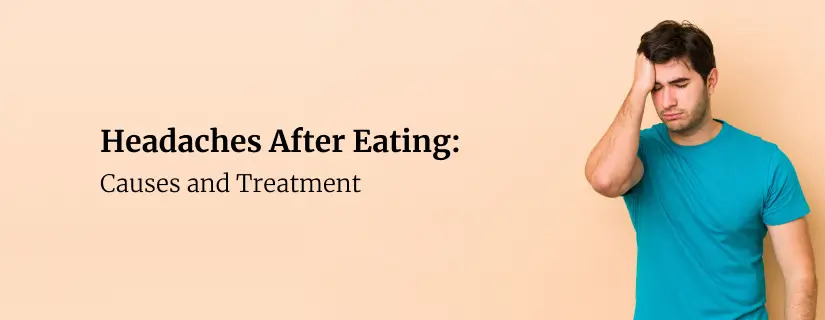
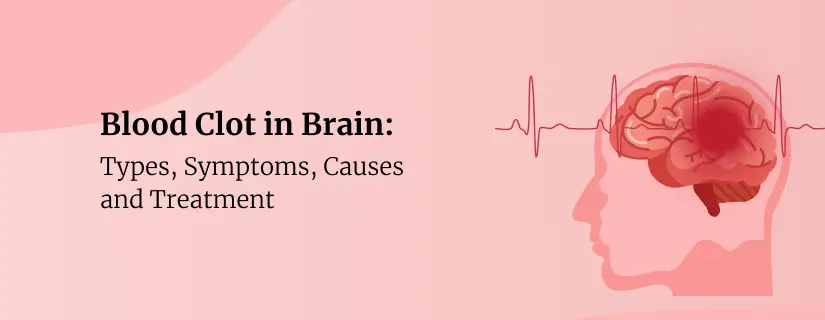
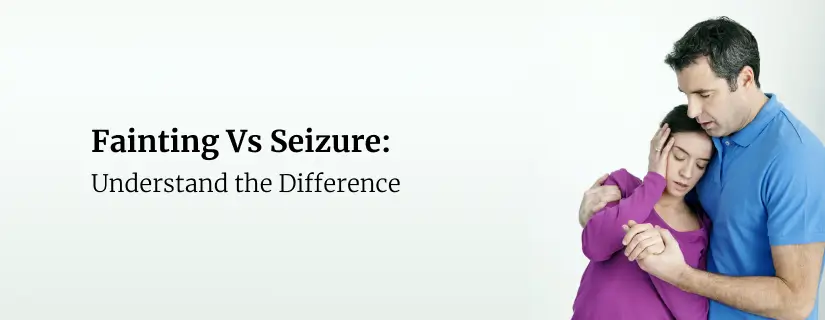
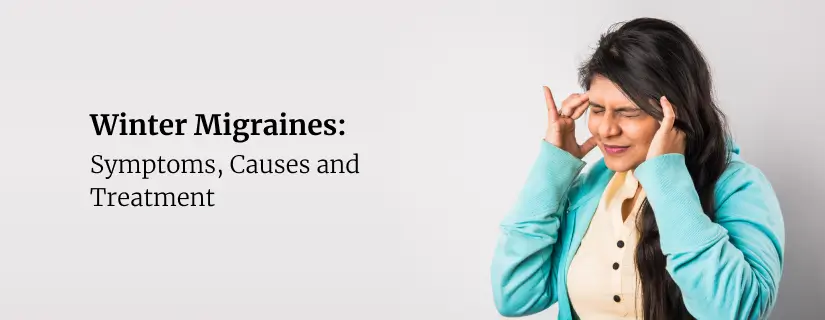
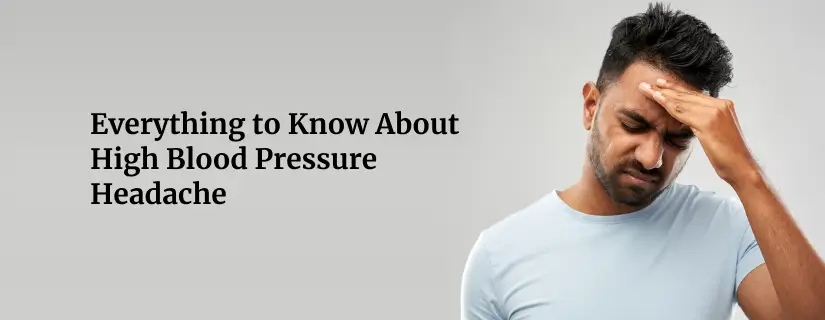
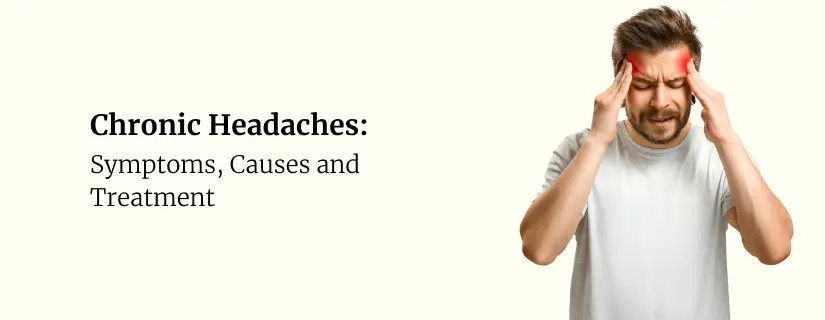
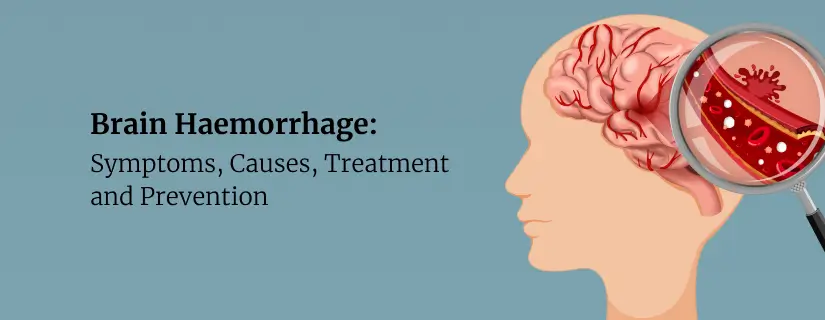
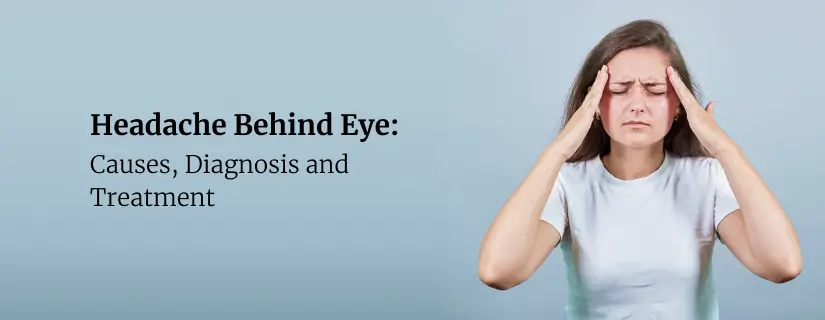
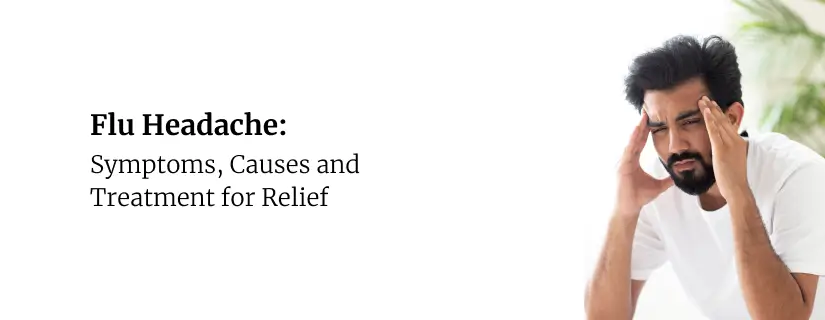
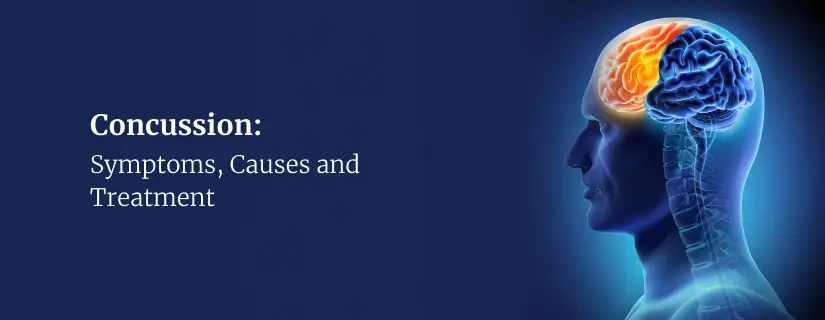
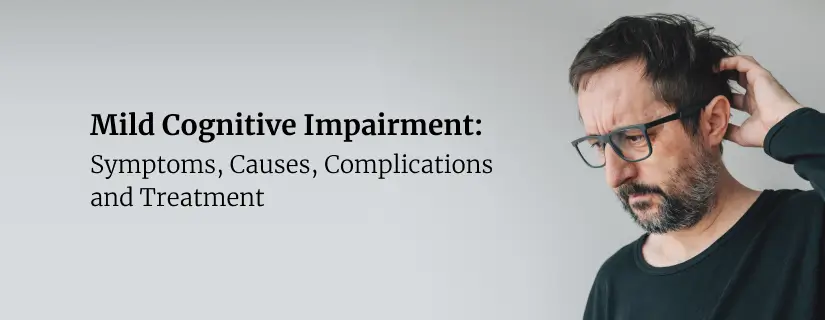
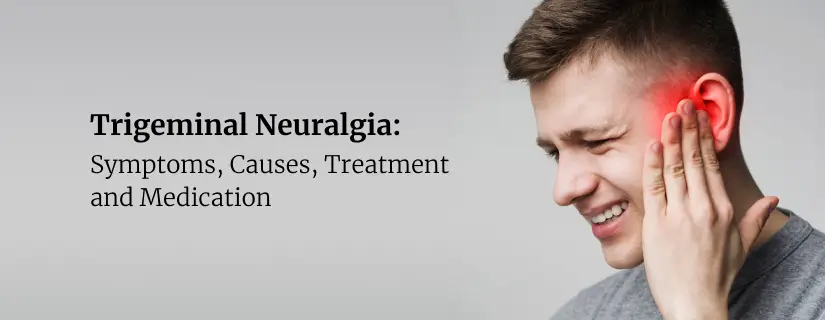
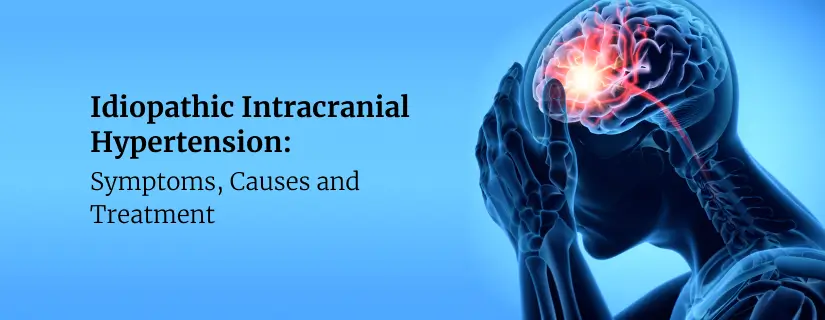
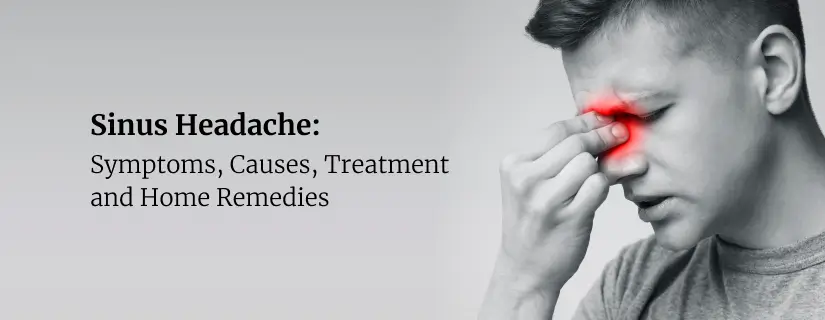
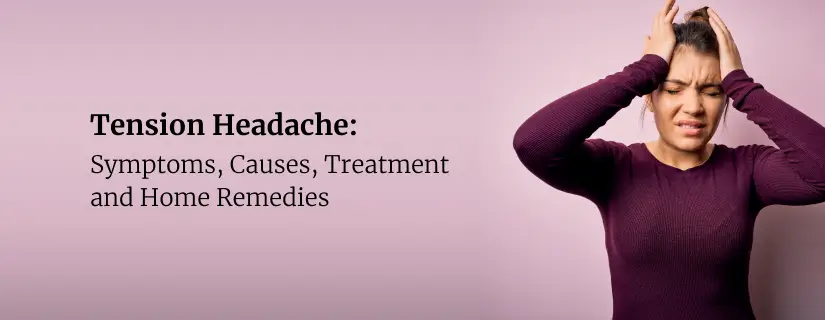
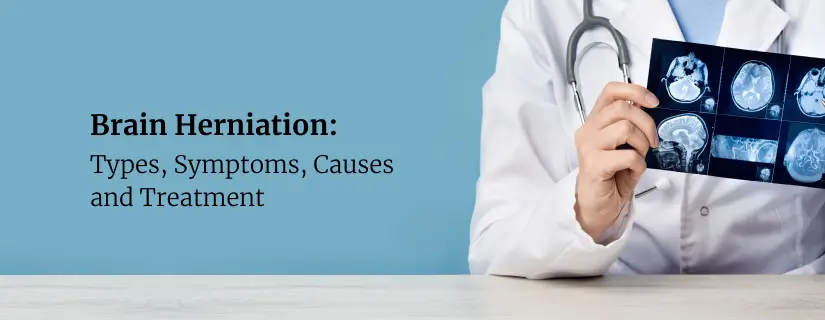
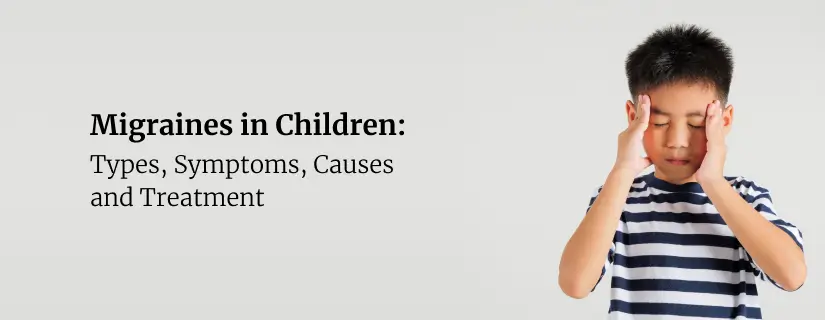
.webp)